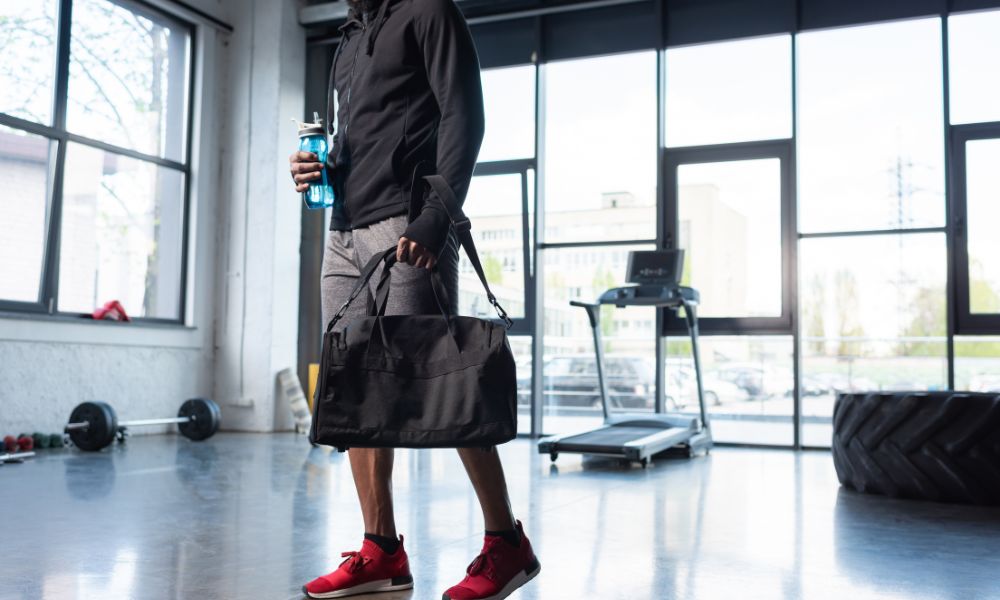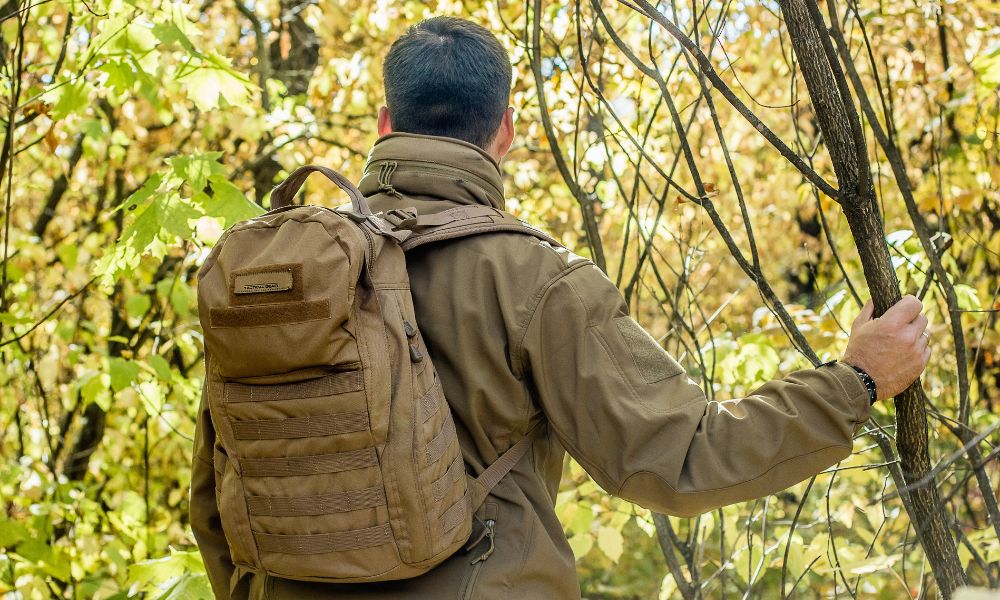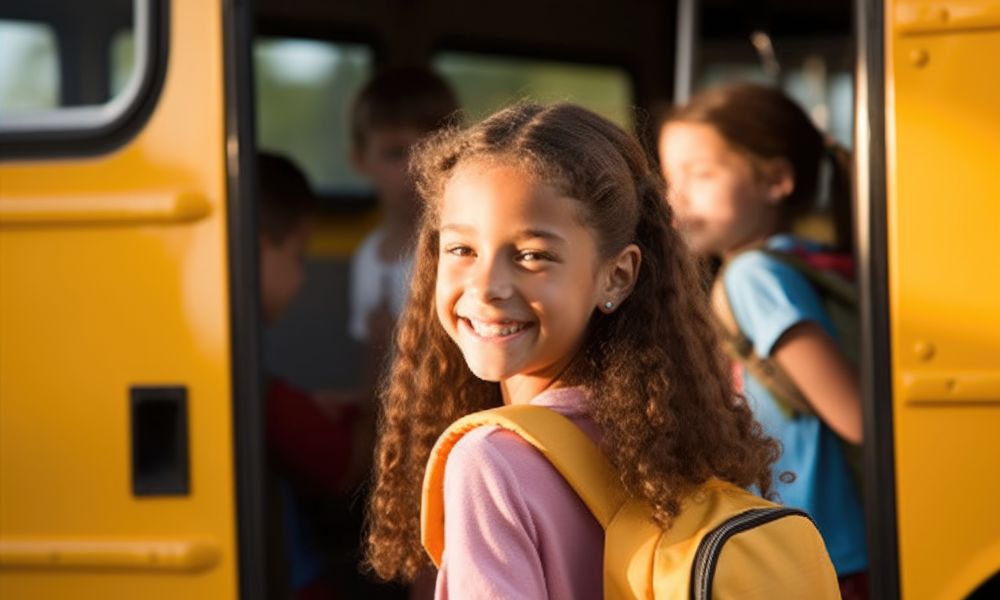Una mochila es la carne y las patatas de las compras escolares, y aprender de antemano qué meter en la mochila de un niño para el colegio te da un buen punto de partida para empezar a buscar una.
DNI o tarjeta de emergencia
Es aconsejable que tu hijo lleve un carné o tarjeta de emergencia, tanto si es su primer día de preescolar como si es su último día de instituto. En la tarjeta debe figurar su nombre, dirección e información de contacto en caso de emergencia para que el personal del centro y los servicios de emergencia sepan con quién ponerse en contacto si algo va mal.
Aunque el centro escolar tendrá archivados sus datos, es mucho más fácil actuar con rapidez cuando la información está más al alcance de quienes necesitan conocerla. Cada segundo cuenta en una emergencia, y los miembros del personal que se transmiten mensajes unos a otros sobre a quién llamar pueden perder un tiempo precioso.
Medicación
Junto con la información de emergencia, incluya cualquier medicamento que su hijo deba tomar, cuánto, cuándo y cualquier otra instrucción vital. Para algunos niños, esta medicación puede significar un EpiPen o un inhalador. Otros medicamentos de venta sin receta, como los analgésicos, también son útiles si tienen un dolor de cabeza que no se les quita. Por supuesto, siempre hay que respetar la dosis recomendada en función de
Leer más

These five brilliant gym bag hacks you may not know can help easily solve your entangled headphones, smelly clothes, and other irritating concerns.

Learn the advantages of using a backpack for traveling. Having a backpack is a convenient way to carry all sorts of belongings and keep them near you.













Dejar un comentario
Este sitio está protegido por hCaptcha y se aplican la Política de privacidad de hCaptcha y los Términos del servicio.